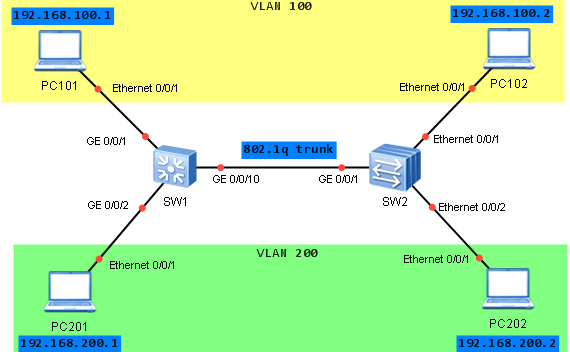GVRP stands for GARP VLAN Registration Protocol and is a GARP application that registers and deregisters VLAN attributes. It uses Generic Attribute Registration Protocol (GARP), to maintain and propagate dynamic VLAN registration information, throughout GVRP enabled devices on the network.
GVRP lets a device to propagate local VLAN registration information to other participant devices, and to dynamically update the VLAN registration information from other devices to its local database, including active VLAN members and through which port they can be reached. All GVRP participants on a bridged LAN maintain the same VLAN registration information. The VLAN registration information includes both manually configured local static entries and dynamic entries from other devices.
There are 3 different registration modes:
- Normal – allows dynamic VLAN registration and deregistration on the trunk port, and allows the declarations for dynamic and static VLANs to be sent.
- Fixed – prevents dynamic VLAN registration and deregistration on the trunk port, and allows only the declarations for static VLANs to be sent.
- Forbidden – prevents dynamic VLAN registration and deregistration on the trunk port, and allows only the declarations for VLAN 1 to be sent.
 Labnario Huawei From Scratch
Labnario Huawei From Scratch
